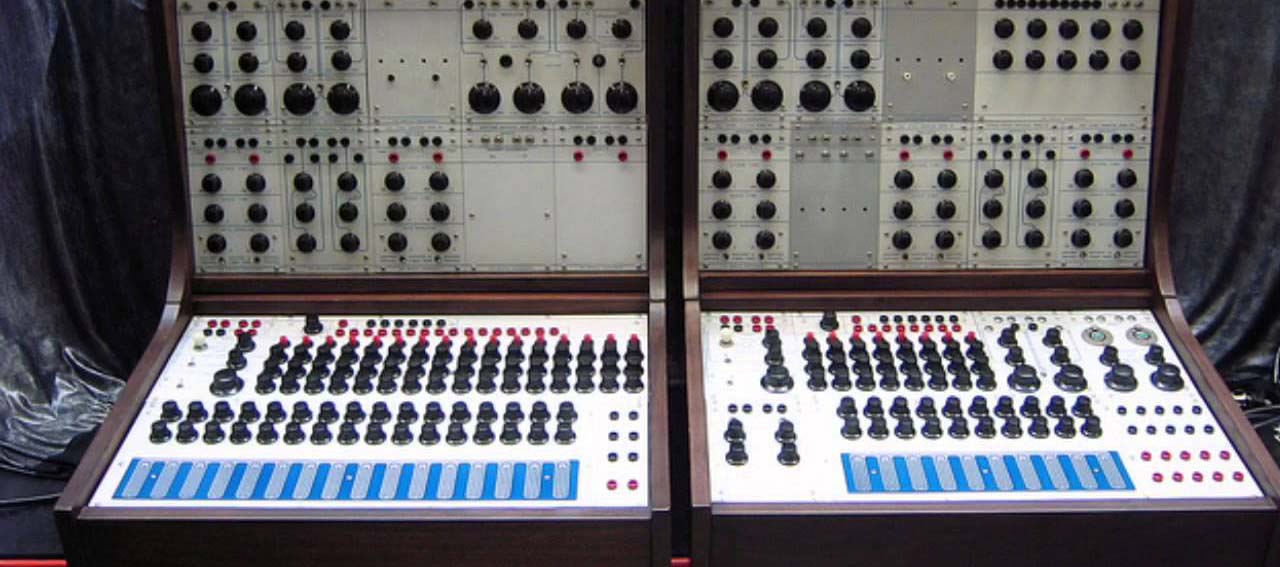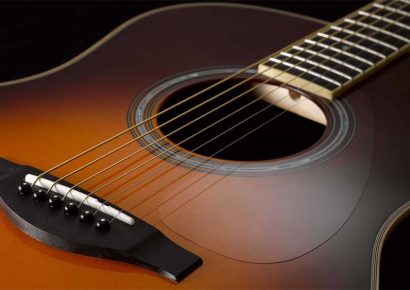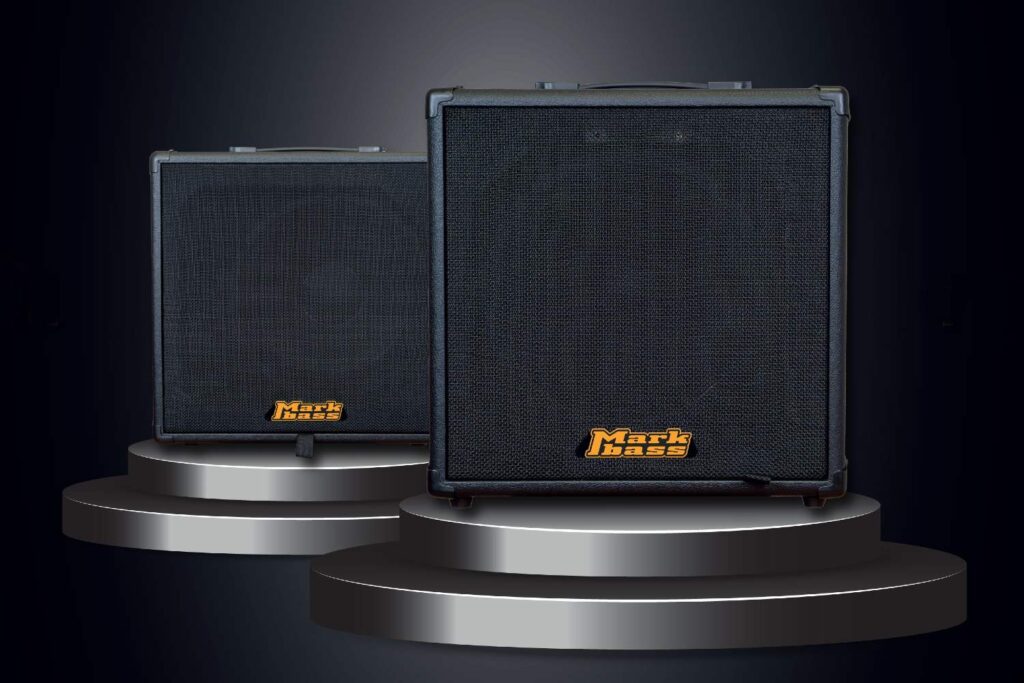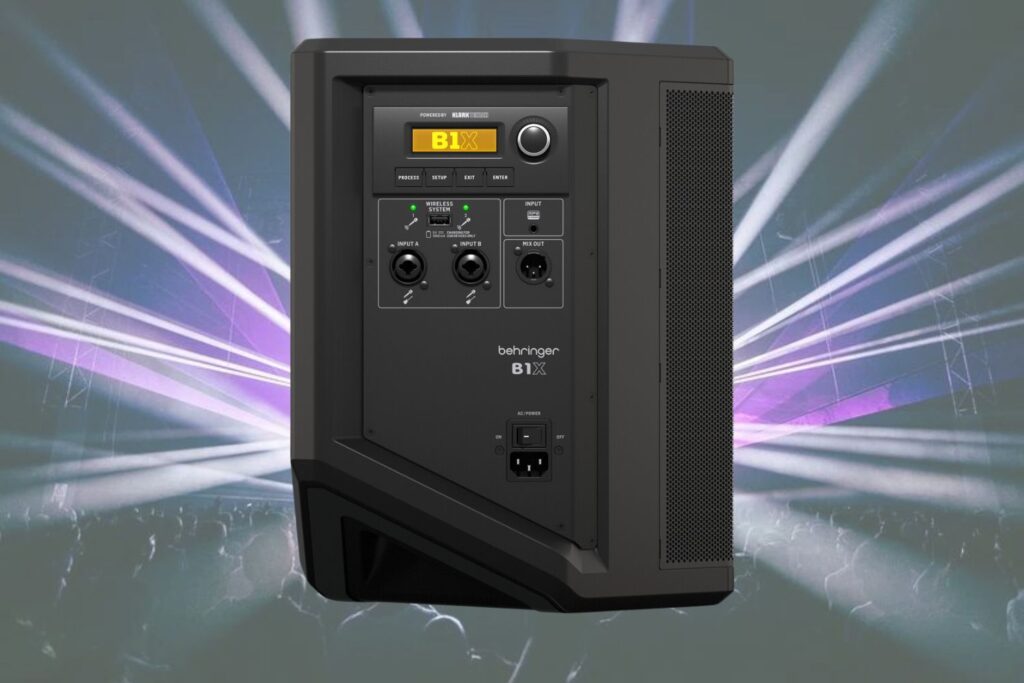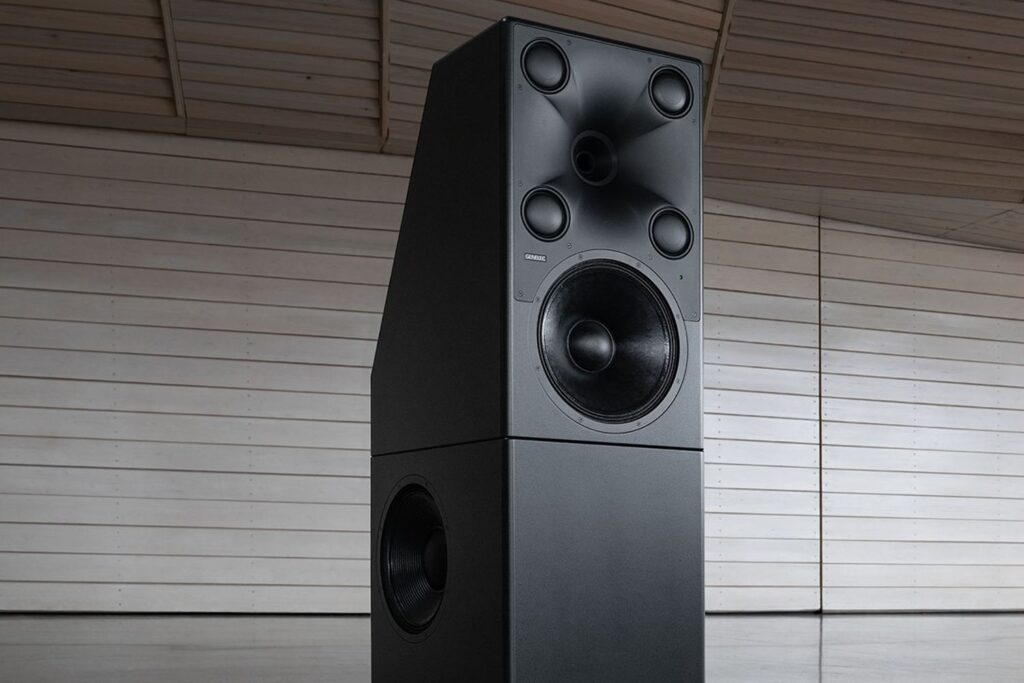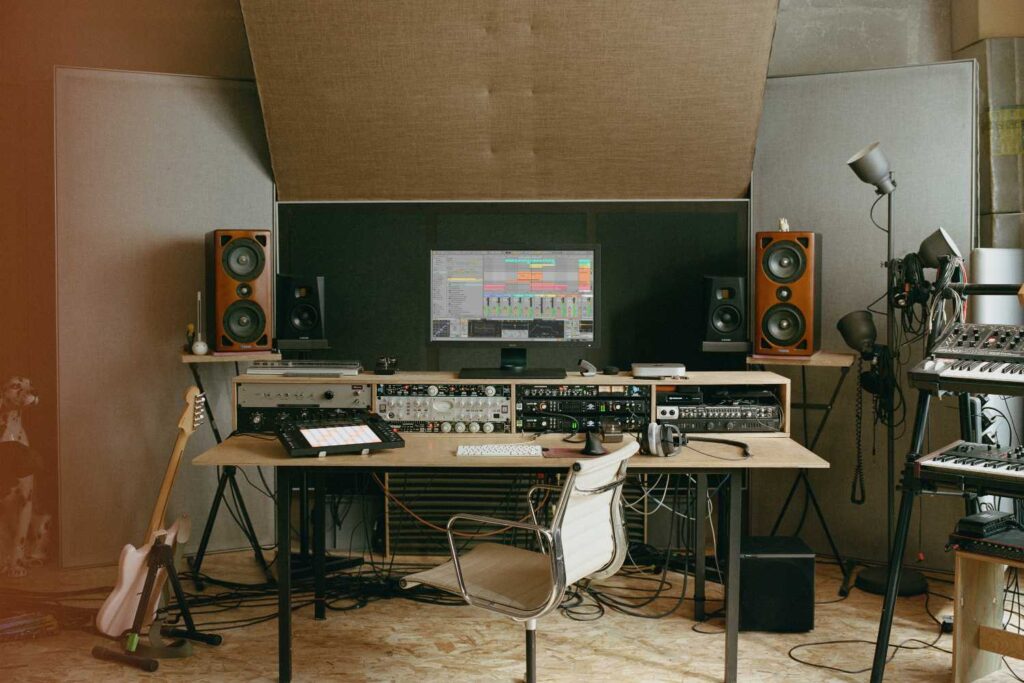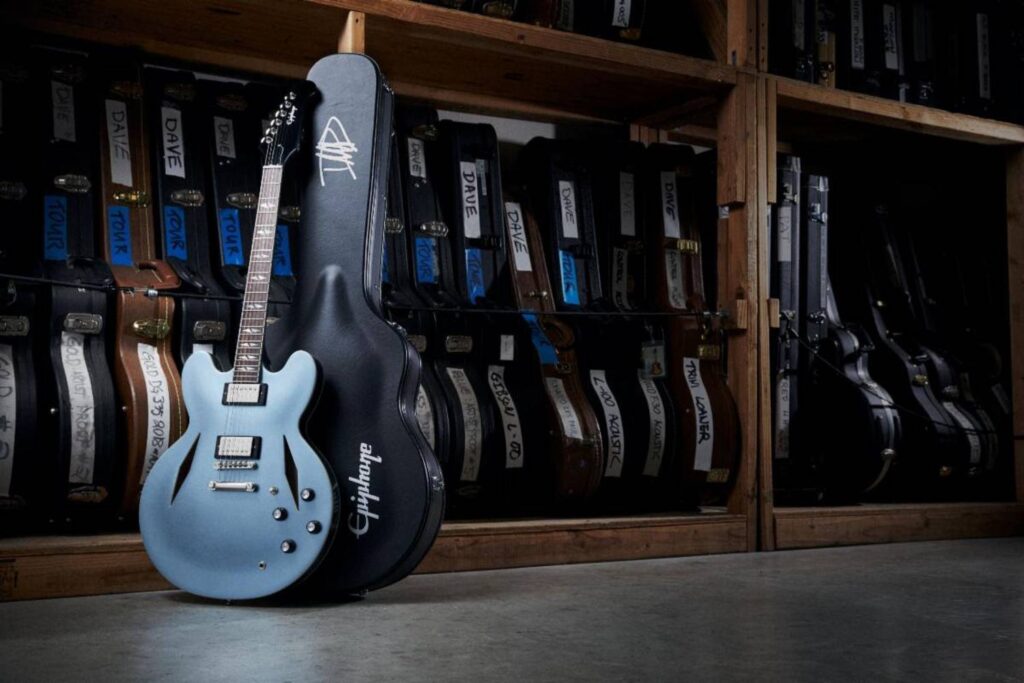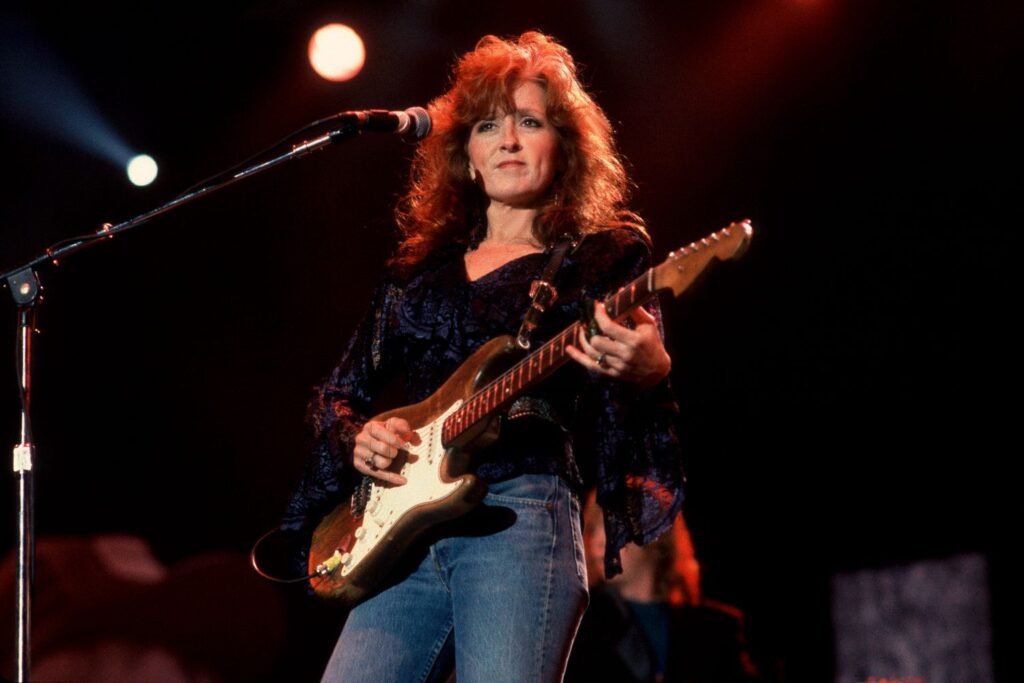In 1963, while Robert Moog was in New York working at creating one of the first modular voltage-controlled synths, Don Buchla had just completed his original 100 series Modular Electronic Music System in Northern California. This initial model and future designs were to become synonymous with the experimental side of electronic music, placing a greater emphasis on the intricacies and complexities of sound manipulation.
The 100 series was commissioned by composers Ramon Sender and Morton Subotnick of the San Francisco Tape Music Centre. Subotnick envisioned a voltage-controlled instrument capable of replacing the vast array of audio generators – oscillators, filters and modulators – then required to create specified sounds and layered soundscapes.
It featured envelope generators, oscillators, filters, voltage controlled amplifiers and analogue sequencer modules, with the connections made by patch lead. In sheer contrast to Moog, the synth was constructed with a multitude of capacitive touch pads rather than the conventional keyboard-like means of control.
The 200 series followed, and then in 1971 the 500 series broke new ground as the first digitally controlled analogue synth. Here Buchla implemented the use of A PDP-11 minicomputer. This hybrid version was reproduced in later designs in the ’70s, before the innovator developed a host of software controlled instruments in the ‘80s, each equipped with MIDI. The latest Buchla Modular Synth is a reworking of the 200 series, released in 2004 with several new modules, and titled the 200e series.
Today Buchla’s legacy is carried on by Buchla Electronic Musical Instruments, which still produces a diverse range of synth-related products. In hindsight, however, Buchla’s musical imprint is one of great significance, with very little recognition.
